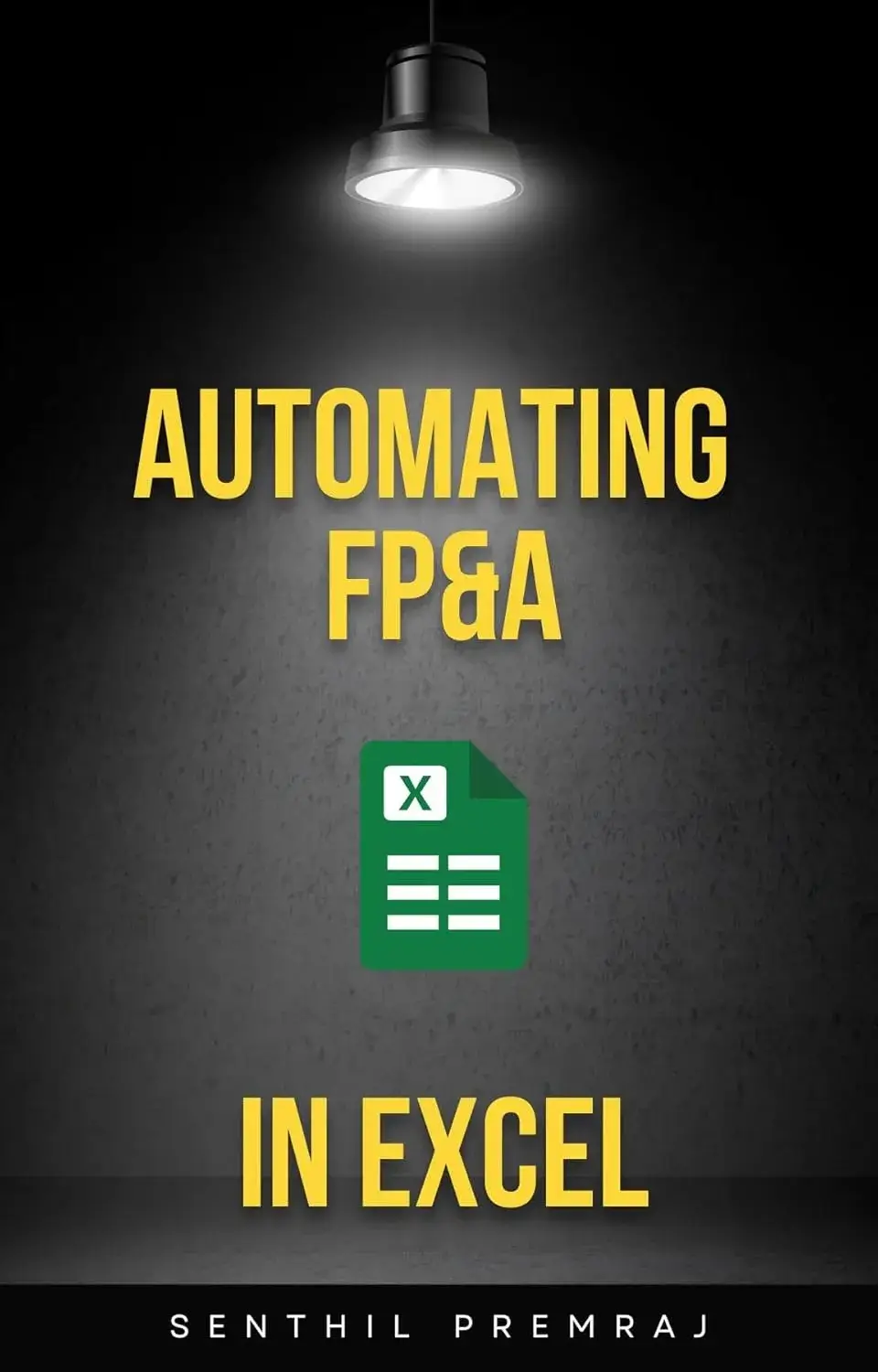As finance teams outgrow the limitations of native reports in QuickBooks or Xero, they look for tools that help automate reporting and deliver professional financial outputs. Two very different solutions in this space are LiveFlow vs PivotXL.
At first glance, both seem to solve the same problem — streamlining reporting — but their architectures, capabilities, and ideal users are vastly different.
🧠 The Core Difference: Sync Tool vs. Reporting Platform
🔵 LiveFlow – Direct Sync Into Sheets
LiveFlow is a data connector. It pulls live data from QuickBooks Online into Google Sheets or Excel. The value lies in its automation: you don’t have to export CSVs and manually update spreadsheets every month. It’s fast, lightweight, and useful for day-to-day finance teams working inside Google Sheets.
✅ Ideal for: Bookkeepers, solo CFOs, and small teams who just need QuickBooks data in spreadsheets without much transformation.
🟢 PivotXL – Reporting System With a Processing Layer
PivotXL, like DataRails and Vena, is more than a connector. It ingests data from accounting software (QuickBooks, Xero, Zoho, etc.) into a structured data engine, then offers powerful capabilities for:
- Transformations & Mapping (e.g., group chart of accounts, classifications)
- Multi-entity consolidation
- Custom report generation in Excel
- Automated PowerPoint outputs
- Drill-down web dashboards
✅ Ideal for: Finance teams, CAs, and SMBs that need structured reports, investor-ready decks, and audit-friendly reporting — not just raw data dumps.
🧩 LiveFlow vs PivotXL: Architecture Comparison
| Capability | LiveFlow | PivotXL / DataRails / Vena |
|---|---|---|
| Data Destination | Google Sheets / Excel | Internal database + Excel, PPT, Dashboards |
| Data Processing Layer | ❌ None (data goes directly to sheet) | ✅ Yes – includes complex transformation logic |
| Consolidation (multi-entity) | ❌ Simple | ✅ Complex with custom inter-company elimination rules |
| Output Formats | Sheets | Excel reports, PPT decks, web dashboards |
| Source System Support | QuickBooks Online only | QuickBooks, Xero, Zoho Books, Excel, CSV |
| Customizable Logic (mappings) | ❌ Limited | ✅ Advanced logic (account rollups, scripts, etc) |
⚙️ What This Means in Practice
- LiveFlow is best when you want to stay inside your Google Sheet, but save time by pulling QuickBooks data automatically.
- PivotXL is better when you want to build repeatable, structured financial outputs like P&Ls, board reports, and cash flow statements — especially when managing multiple clients or business units.
🚦Which One Should You Use?
| You Should Choose… | If You Want To… |
|---|---|
| ✅ LiveFlow | Bring QuickBooks Online data directly into Google Sheets for fast, live updates |
| ✅ PivotXL | Build professional-quality financial reports, dashboards, and decks from multiple data sources with custom grouping logic and perform further data transformatoins. |
| ❌ LiveFlow | If you need structured consolidation, web dashboards, or PowerPoint reports |
| ❌ PivotXL | If you just need raw data sync into Google Sheets for lightweight reporting |
🏁 Final Take
- Use LiveFlow if you want to automate data entry into Google Sheets from QuickBooks — fast, simple, spreadsheet-native.
- Choose PivotXL if you want to centralize financial data, apply logic, consolidate multiple sources, and output Excel, PowerPoint, and web dashboards — all with audit trails and templates.
Think of LiveFlow as a pipe.
Think of PivotXL as a finance reporting engine with templates, logic, and flexibility built in.



